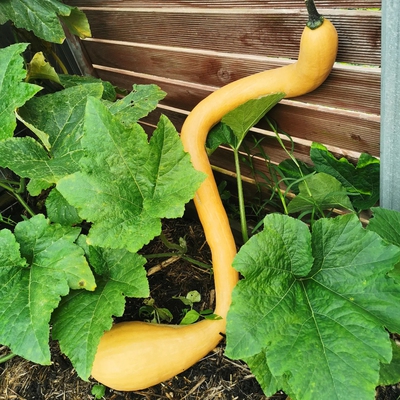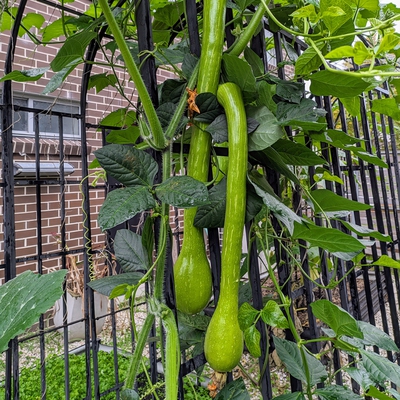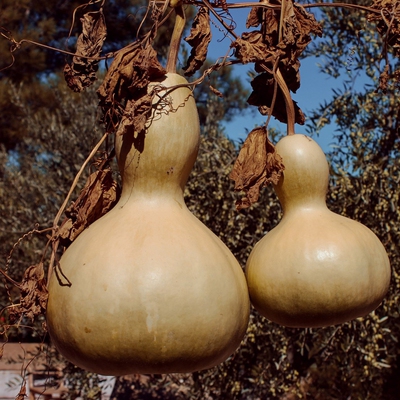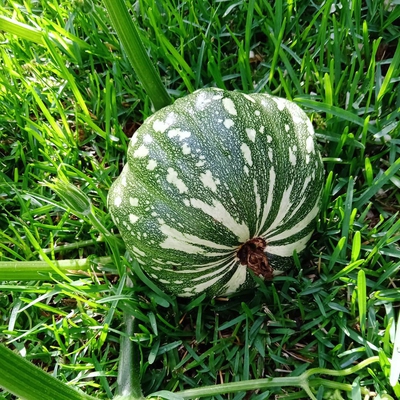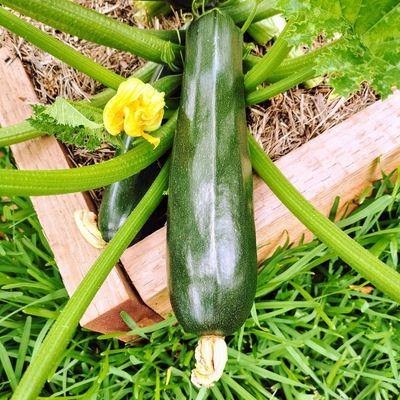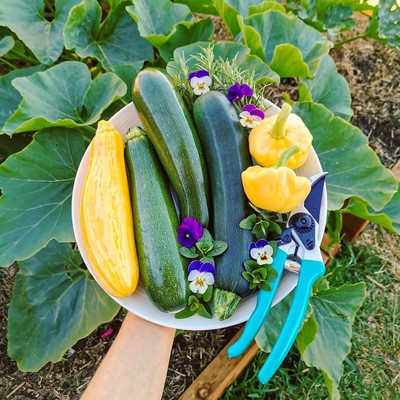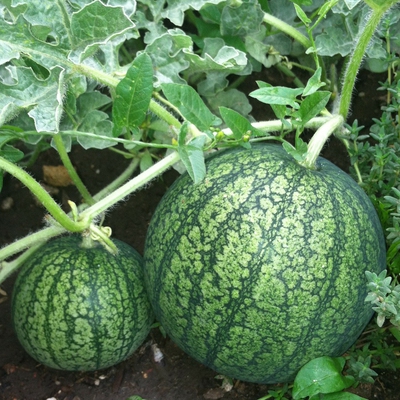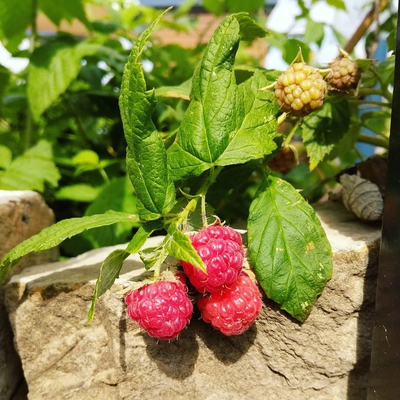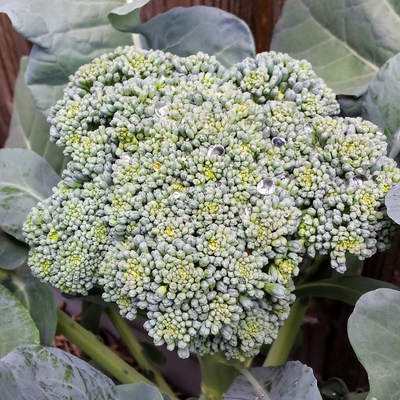A complete guide to growing Tromboncino Squash, sun requirements, when to plant, feeding, when to harvest and how to troubleshoot any problems you might have growing this tasty squash.
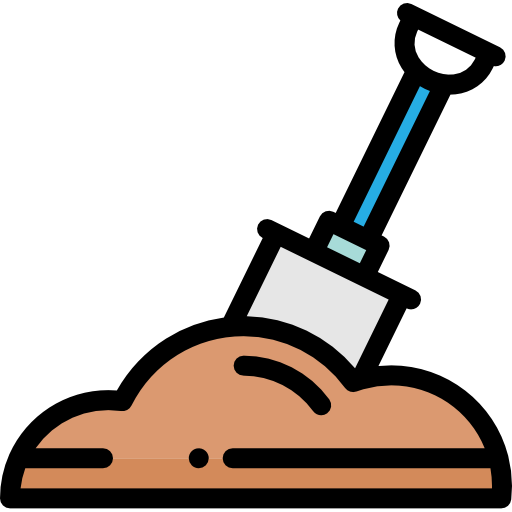 Soil
Soil
What soil is good for Tromboncino Squash?
Tromboncino plants require a rich, well draining soil with plenty of compost mixed in.
 Position
Position
How much sun does Tromboncino Squash need?
Plant Tromboncino in a full sun position.
 Frost Tolerant
Frost Tolerant
Is Tromboncino Squash frost tolerant?
No, Tromboncino is not frost tolerant.
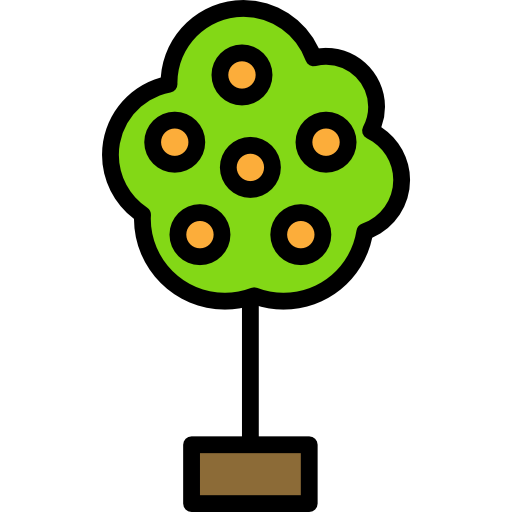 Spacing
Spacing
How much space does Tromboncino Squash need?
Plant Tromboncino roughly 60cm apart.
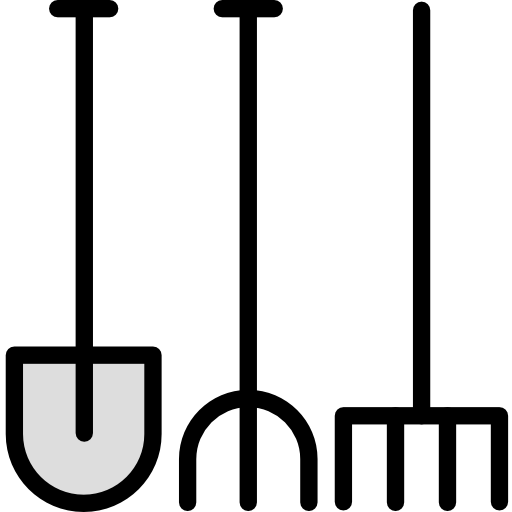 Planting
Planting
When should I plant Tromboncino Squash?
Tromboncino is a warm season crop that is best planted in spring once the danger of frost has passed.
Seeds are quick to germinate and can be direct sown once the soil has warmed to roughly 20°C (68°F).
 Feeding
Feeding
What do I feed Tromboncino Squash?
Feed your Tromboncino plant with a regular application of organic fertiliser throughout the season.
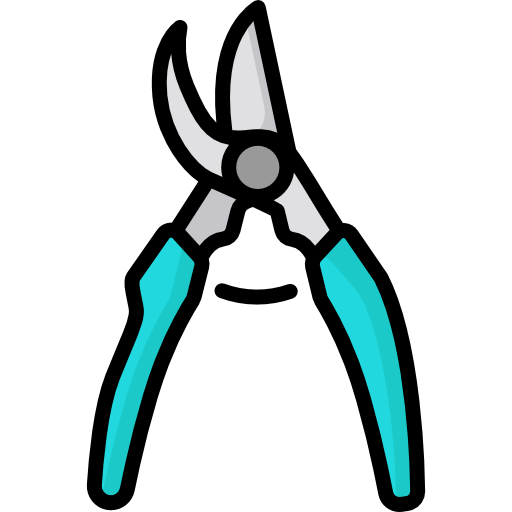 Harvesting
Harvesting
When can I harvest Tromboncino Squash?
Harvest Tromboncino at any size you prefer. You can harvest the young fruit when they are green and use the same way you would Zucchini squash, or wait until the fruit is large, orange and fully mature to be stored and used the same way you would use Butternut squash. Mature fruit is generally ready for harvest when it has completely changed from green to an orange colour and the vine that is attached to the fruit begins to brown and die back.
 Pests
Pests
What pests does Tromboncino Squash get?
Pests that affect Tromboncino include: Aphids, Slug, Snail, Army Worm, Spider Mites, Thrips, Cucumber Beetle, Cutworms, Flea Beetle, Leaf Miner, Squash Bug, Squash Vine Borer, Stink Bugs, 28 Spotted Ladybug.
 Diseases
Diseases
What diseases does Tromboncino Squash get?
Diseases that affect Tromboncino include: Leaf Blight and Leaf Spot, Downy Mildew, Powdery Mildew, Fusarium Crown and Foot Rot, Gummy Stem Blight, Verticillium Wilt, Bacterial Wilt, Aster Yellows, Blossom-end Rot, Mosaic Virus, Phytophthora Crown and Root Rot.
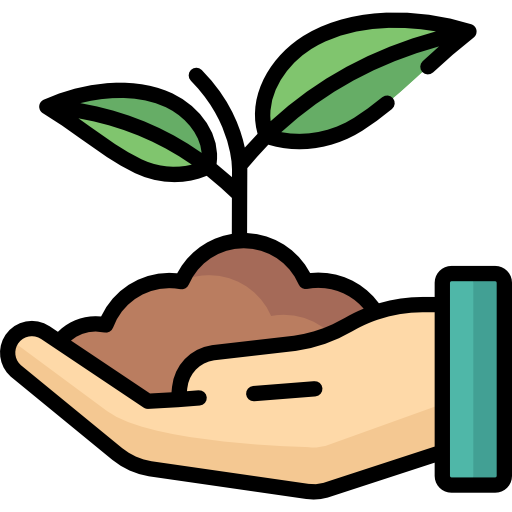 Notes
Notes
Is there anything else I need to know about Tromboncino Squash?
Tromboncino vines as well as their fruit will grow quite large. The vines benefit from trellising to allow room for the long fruit to hang freely. Tromboncino fruits can be quite heavy, so it's important that your trellis can handle the weight of the fruit.
